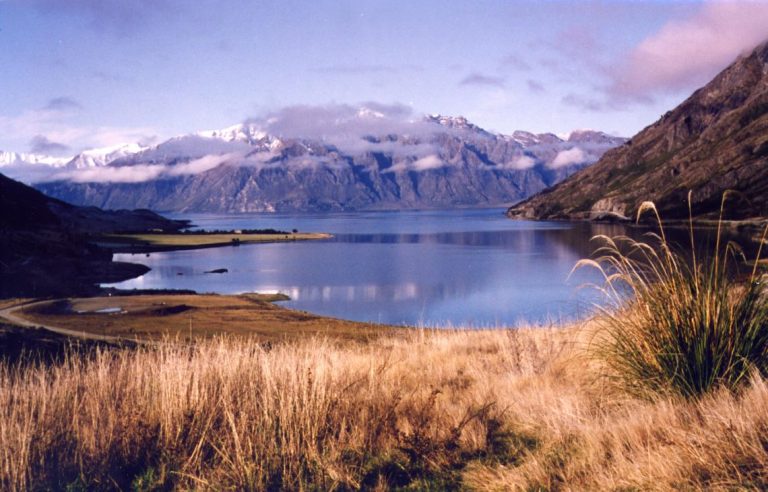A WRITE TO RIDE
Top-selling adventure motorcycle author Sam Manicom shares his tips on getting your tales of the road into print
So you want to see your travels in print, or maybe even write from your bike seat for a living? It might seem like the dream job, but with a never ending list of things to do before you set off on your adventure, do you really want to add deadlines and article-writing to your list of challenges?
It doesn’t matter whether you’re planning a month-long voyage or years on the road, the principles are the same. If you decide to make article-writing a must on your to-do list, then your decision will make a dramatic change to your travelling style. A magazine editor will want to see not only good words, but excellent pictures, too, and achieving a high enough standard of the two is very hard work. Don’t worry, though. There are tried-and-tested ways to be successful, if you have the commitment.
PLAN TO SUCCEED
The first must-have for success is a master plan, one which enables you to control your time and direction. This is particularly important if the aim of your journey is not just to write. Pick a selection of topics before you go; you’ll find it invaluable when you’re out there juggling with your day in the unknown. Make sure that these topics are things you’re fascinated by, as you’ll write better about stuff that grips you, but remember to also think about your target market. Are there enough readers out there who’ll be interested in the subjects of your passions?
The main bonus of having a topic or theme list is that even in the midst of chaos, you’ll be prepared to collect anecdotes and ask questions. Don’t forget to keep your eyes open for new topics, too. After all, you’re setting off on a unique adventure. No one will have ever done your journey before.
BUSMAN’S HOLIDAY?
Be warned; one of the major dangers you’ll face in turning your travels into articles is that the writing takes over your trip. Be prepared for the fact that, if you let it, your adventure could begin to feel more like work. This may seem an extreme view, but when you commit to writing articles for print, the loss of your oh-so valuable freedom can be the price. The way to combat this is to stick to your master plan and never lose the sense of sheer joy you experience from a life on the road.
There are tremendous upsides to travel writing too, of course. One of the pleasures of travelling with writing in mind is that you’ll school yourself to observe with depth and to question what you see. This can be a major asset to your journey as a whole; you’ll spend less time floating across the surface of a country and more time trying to get under its skin.
BOOK OF DAYS
Your journal will become a vital tool, and if you’ve sense you’ll carry a notebook with you at all times too. This jotting book is an incredibly valuable piece of kit. When you’re meandering your way through a succession of new countries and cultures, it’s very easy to find yourself on intake overload. That’s when you stop really seeing and you’ll find yourself miss points of extreme value, like quotes and quirks. Your jotter will help you to take note of the unique events that happen, and the things people say. You can add an incredible amount of depth and character to an article by habitual use of your jotter.
Allowing yourself a time or stage every day to write up your full journal can be one of the biggest problems for a writer on the road. If you’re not careful, it’ll restrict your journey by adding a routine that feels unnatural. In effect, by having this set journal writing time you run the risk of stopping your free fall into adventure. But this is where your jotter comes into play again. Even if you don’t get time on the day to do the write up, you can make it happen later. Jot down key words and they should be enough to stimulate the full memories, but you’ll still need the discipline to write up those jots when time allows.
Ted Simon once told me that one of the reasons he travels alone is because he writes better that way. He said that the biggest problem for him when he is with someone else is that he naturally talks to them about a day’s events and when he does so, his memories of what’s happened on the road aren’t as strong when he comes to write about his trip at a later date. I find that myself, and this is where my quiet time with journal in hand is so vital.
Having said this, I frequently find that travelling with Birgit opens a new door or two. We’re both witness to the same situations, but with very different eyes; sometimes I’m amazed at the difference. Often I’ve seen something happening through the corners of my eyes, but my conscious hasn’t registered the sideways view in full detail. When Birgit makes a comment, those half-seen visions become sharper and clearer.
PICTURE THIS…
Photography is a key issue. Without good photographs you’ll find it really hard to get your work published. It’s definitely worth taking a photography course before you set off, and for goodness’ sake don’t do what I did on my first trip and set off with a camera you’ve hardly used. Without full working knowledge of your camera and what it can do, you’ll end up missing a series of once-in-a-lifetime shots.
Holiday snaps hardly ever work; your pictures have to be note-worthy shots. Look to take close-ups where you are focused on a point of interest. The rule of thirds is a principle employed by photographers to generate interest within an image. Basically, split your picture into an imaginary grid of ninths using three vertical lines and three horizontal ones (like a Os and Xs board). The focus of your image should fall at one of the points where these imaginary dividing lines cross. General wider shots rarely print well in magazines, neither do those where the subject is slap-bang in the very middle of the image. Have a look through this issue of ABR and you’ll see the few times they have been used.
WRITE BAIT
So, how do you write an article that people will want to read? The first rule is to remain constantly focused on your potential market; the second is to try to avoid making your tale a straight travelogue. In other words, find a theme. How about looking out for all the different uses locals have for their bikes? Or looking out for the quirky bike-related things in each country? There are some magical roads signs out there, for example; India has some of the best in the world: ‘Overtaker Beware of Undertaker’ and ‘This is a Highway not a Runway’! Are two of my favourites and never fail to raise a smile. If your article can do that, then you’re onto a winner. Once you get in the swing of spotting angles you won’t be able to stop the ideas coming.
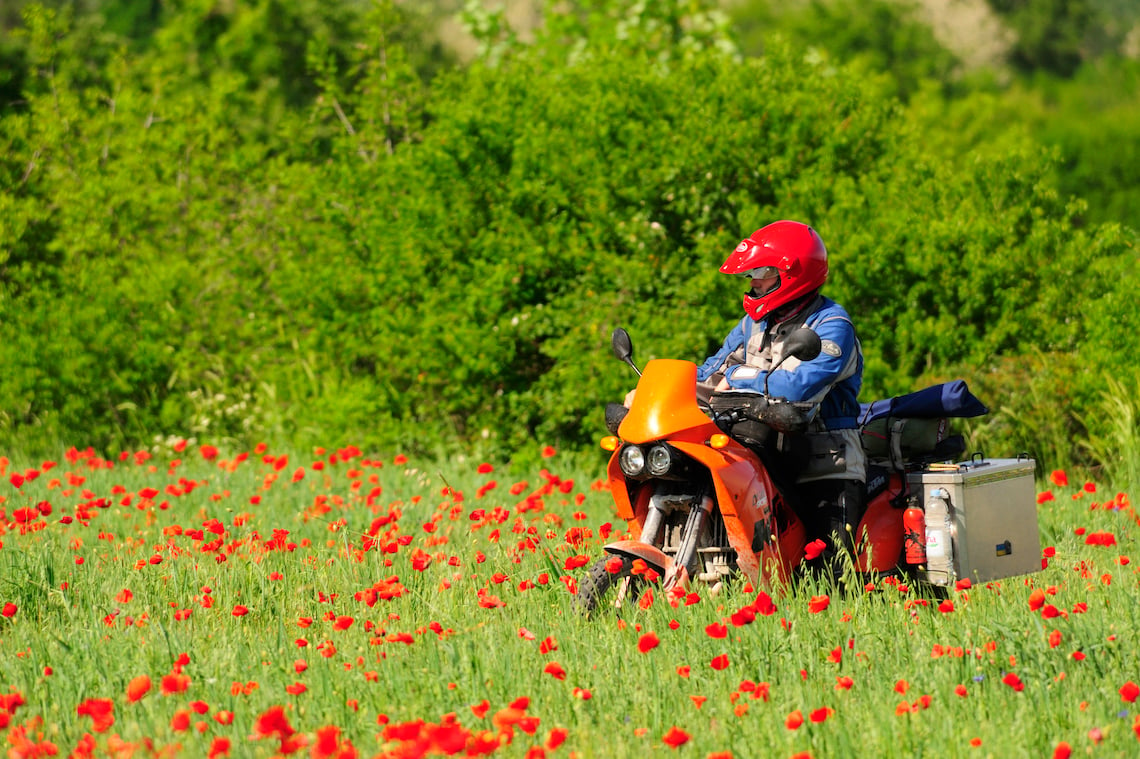
Every tale should begin with something punchy and to the point. You must be able to set the scene and pique a reader’s interest within the first few lines, to make them want to carry on down the page – and don’t forget, you’ll have to get your opening gambit past an editor, too. To quote ABR’s ed Alun from his talk at Horizons Unlimited, ‘If an article doesn’t inspire me from the first sentences, then it won’t work.’ Got this far? Then mine has worked.
ALL KILLER, NO FILLER
Once you’ve hooked a reader, you need to absorb them in your tale. One of the keys to doing this is to involve them in your story through your descriptions, so they feel they’re riding with you. Your reader will have their fair share of imagination and it’s your job as a writer to stimulate that using all the sense: how does a place smell? What’s the temperature like? How is the light? Keep asking yourself as you write; does this inform, challenge and entertain? These are the key ingredients that help keep a reader’s interest. Concentrate on the meat of the article next and try to steer clear of too much, ‘I did this and I did that…’. It may sound harsh, but few people are going to want to read a blow-by-blow account of what you did on your holidays, no matter how much you might enjoy writing it. Rather, your article should open a new window onto the world for your readers and allow them to travel vicariously. It’s a very tricky balance to establish. One way to achieve this is to keeping asking, ‘what is my reader getting from this?’. Will your article help enrich their travel plans? If the answer is yes, then you’re on the right track.
GRAND FINALE
Your article needs an ending which will round off of the tale and also leave your reader with something take away and chew over. Without doubt, it needs to conclude with a point; a strong reason to justify the time and effort they’ve put into reading your words.
GET IT DOWN
Everyone has their own writing system. One way of getting your thoughts down on paper is to use the ‘brainstorming’ technique. Once you’ve picked your topic, open a word document on your computer and start typing up everything you can think of which relates to that topic as fast as you can. Try to rely only on your memory at this stage; if the points are strong in your memory, then they’re probably worth repeating in your article.
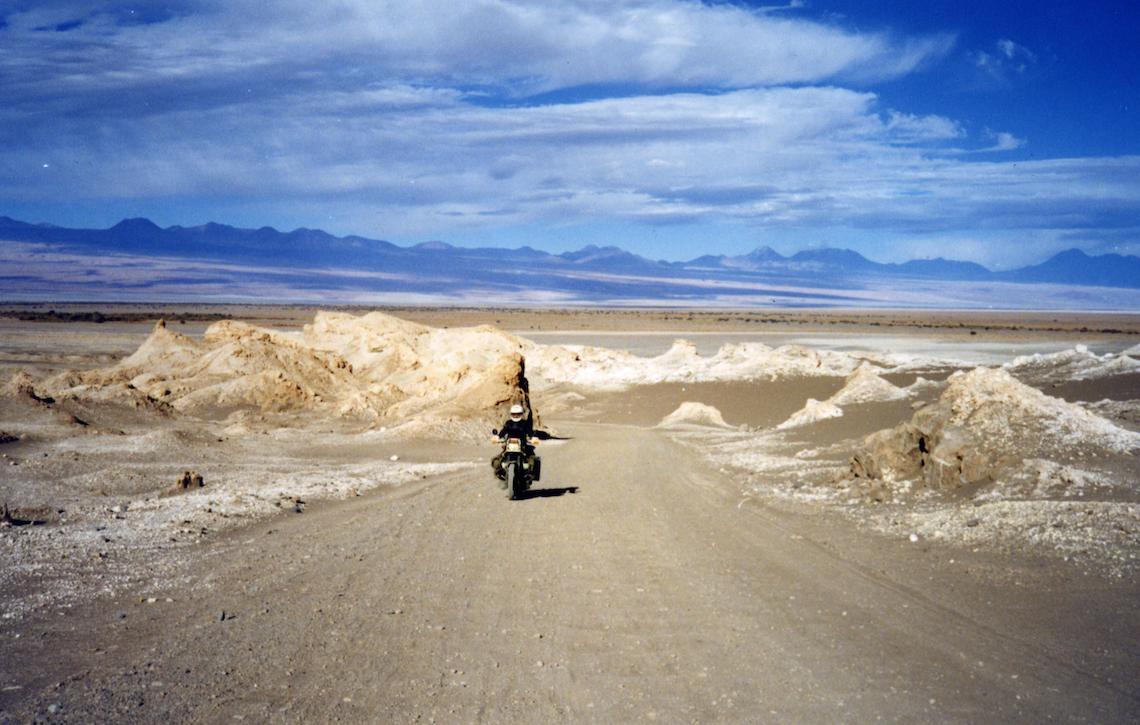
Don’t worry about grammar or punctuation at this stage either, just get the ideas and thoughts down. Try really hard to keep your sentences short and to the point. If you can’t read each of them in one easy breath, then they are too long. Once you’ve burned out on your initial run at it, go back and begin to put your brainstorm into some kind of logical order.
The hard work starts after the brainstorming. This is when you’ll begin to see if your words are likely to work. If they feel good, get out your journals and do some additional research. Weave the facts, the colour and the anecdotes into your second draft.
When I get to the end of this stage, I walk away and leave the article for a few days, sometimes even weeks if the deadline permits. I then come back and read it in the hard light of day. This allows me to look at my writing subjectively and with fresh eyes, which is invaluable because that’s exactly how a reader will see it for the first time. Ask yourself, will your words grab the detached? Has the article got structure, does it flow? Does it round itself off? Unless you’re a writing genius, you’ll never have got it right at this stage.
GO FOR THE BURN
The third-draft stage is where you have to be really strict with yourself; I call it ‘slash and burn’. Cut out any repetitions that don’t advance or reinforce the story, tighten up your phrases and take out the superfluous. Then leave it and a few days and read it again, but this time out loud. Many writers find that this trick is an excellent way of making sure that their words flow.
Most articles I write have been reworked and then reworked again several times, and even then a magazine editor can slash and burn! I hate that when it happens. It means that I haven’t got the message over clearly to a fresh set of eyes.
Slash and burn sometimes has to happen because, in my enthusiasm, I’ve ended up with far too many words to fit into a magazine article. Many editors don’t like to edit, which at first sight is bizarre when bearing in mind their title. Most will want to have your work land on their desk in a polished and finished state. Fair comment when you take a squint at their workload and the deadlines they have to meet.
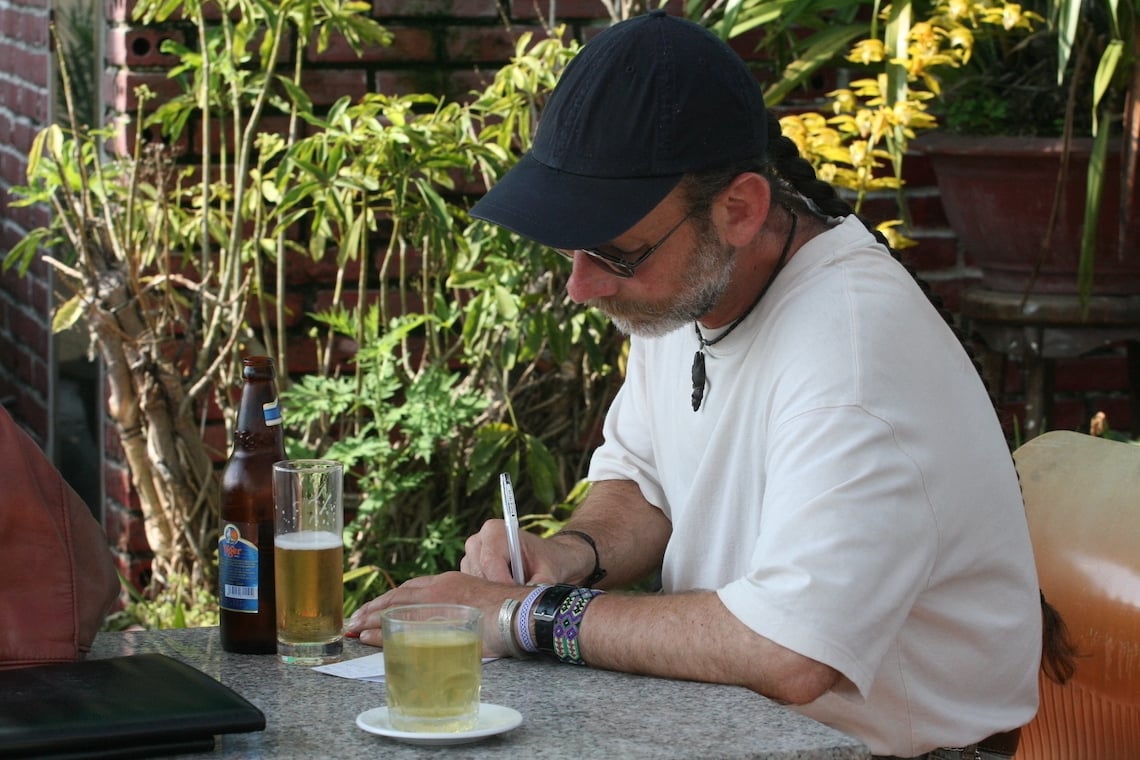
The average page in a magazine usually has around 500 words of copy on it, with a few pictures. This may sound like a lot, but it’s worth bearing in mind when writing your article. Keep an eye on your word count and it will make the slash and burn stage a whole lot easier.
It’s also worth paying attention to the ‘house style’ of the particular magazine you’re writing for, for example, numbers one to nine are usually written in full and double figures, 10 and upwards, are written numerically. It’s a small thing, but tailoring your writing to a magazine’s house style will definitely help curry favour with an editor when it comes to the commissioning stage.
CHOOSE YOUR TARGET
There’s no logic in submitting work to a magazine which will hold no interest for the title, because it’s the wrong type of material for that magazine, or it’s already been written about recently. Do your research and then make proposals. Before setting off, ask what the editor wants. How many words? (Around 2,000 is the norm). How many pictures? Are there any deadlines? Are there any particular countries or topics they want to be covered? You may not be lucky enough to get a commission, but at least you’ll have made yourself known and will be on the right track.
JOB’S WORTH?
Finally, should you, the budding travel writer, expect to be able to finance your trip by writing? With the right contacts and even commissions set up, you’ll do okay, but you won’t survive by article-writing alone unless you’re already a media name. It’s a harsh reality of the times and simply the pay isn’t brilliant, so it’s hard to make a living. To do so you’ll have to put a lot of really good words down on a very regular basis, and that’s major work.
As an idea, on the final four years of our last big trip, my earnings more than covered the cost of my film and the processing. I was happy with that. It enabled me to take far more photographs, and I’d started writing not to make money but to share the fun.
In the end, most first-time travel writers do so for the love of sharing the adventure, and I can’t think of a better reason. Whatever happens, success or otherwise, a suitable master plan will add exciting facets to your trip and you’ll enrich your own experiences as a result. If you’ve been overlanding or are heading out, an enthralling tale could lie just under the surface. Good luck; writing’s a great new adventure.
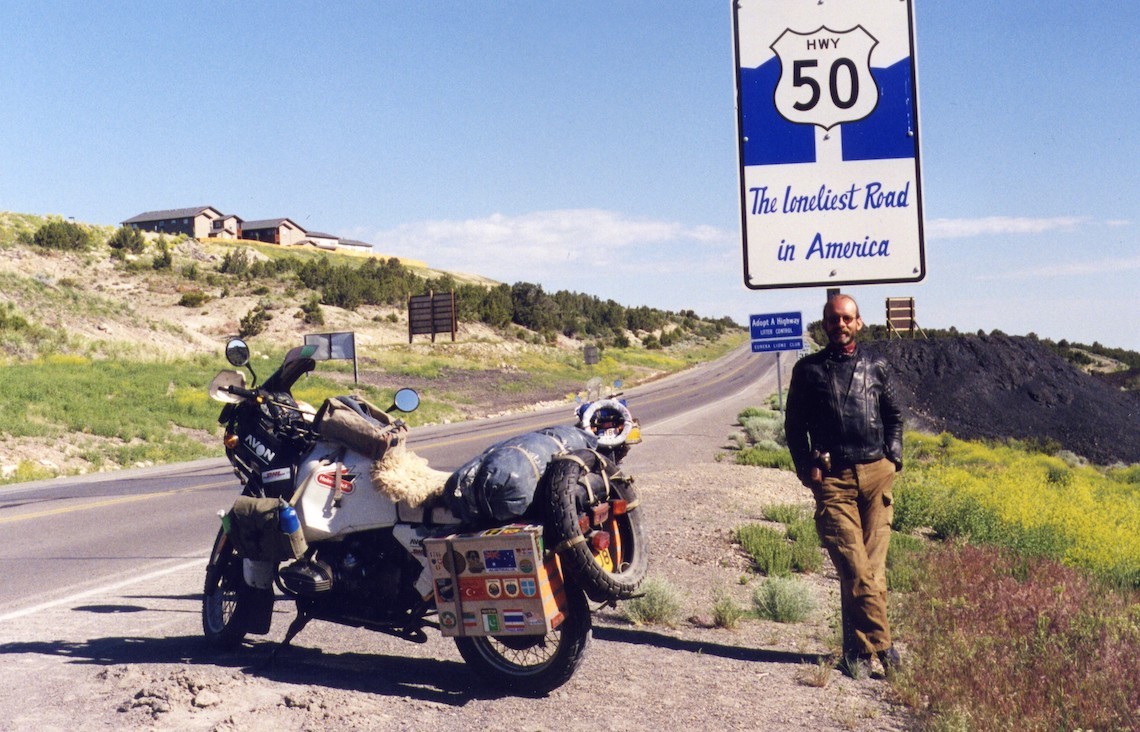
TIP
Find your own writing style and be yourself. Most people, for example, don’t have the ability to write humorously. Those who don’t have that talent should probably steer clear of attempts to pen funnies. Writing doesn’t work if it sounds artificial.
The best tales of the road contain varying degrees of the bizarre, the disastrous and the funny or quirky things that happen when you least expect them.
Help yourself by enrolling on a creative writing course at your local college of further education. These courses will set you up with a good understanding of the technicalities of writing an article for print and either give you the confidence to have a go, or gently let you know that perhaps you should just concentrate on having fun out there.
Get someone you trust to be objective and completely honest to read your work when you think it’s a done deal. then really listen to what they say. they’re the first fresh eyes to see your article. They’ll pick out all those annoying typos and will help you to see where you haven’t joined the dots clearly enough for the reader to get the point. It can be painful, but it’s also vital.
Read all about it!
Adventure motorcyclist Sam Manicom is the author of four motorcycle travel books and has been writing magazine articles for 14 years. his highly acclaimed books are available from waterstones, Stanfords, amazon and all good travel bookshops. Signed and dedicated copies can be sourced from www.sam-manicom.com Sam’s books are now available in e-book format on amazon Kindle.


